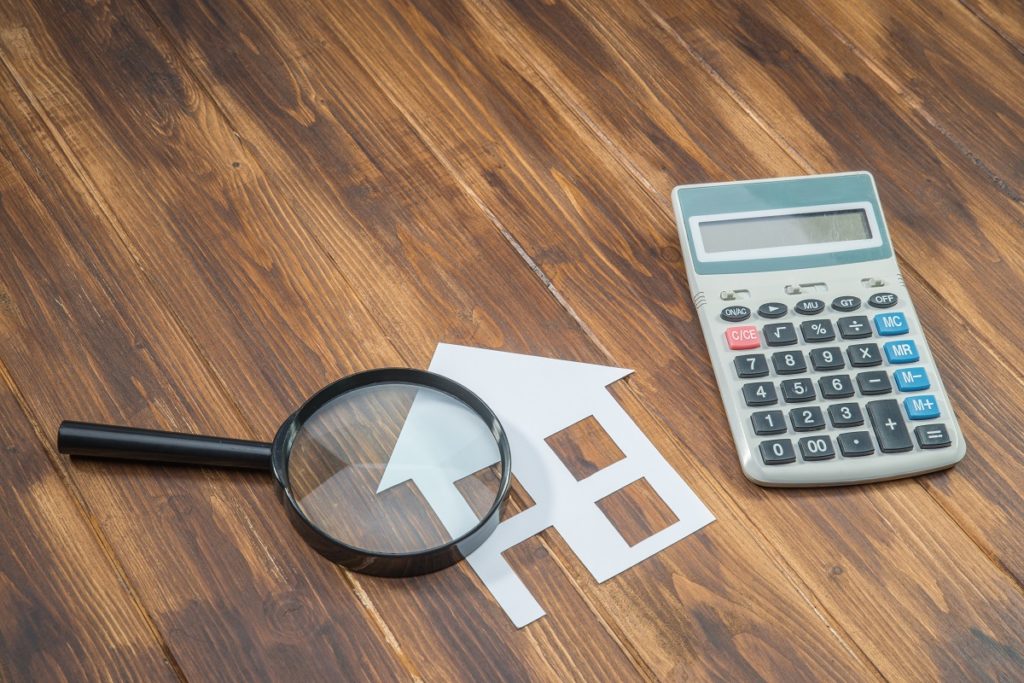The financial crisis of 2007-2008, also called the subprime mortgage crisis came to be when the entire real estate market collapsed, and homeowners in America defaulted on their home loans. While it may have happened over a decade ago, its effects are still being felt by many Americans today.
What was the cause of this catastrophic event that is considered by history to be the worst recession since the Great Depression? According to The Balance, hedge funds, banks and insurance companies caused the subprime mortgage crisis. A subprime mortgage is being offered to those individuals who struggle to meet a good credit score and a history of dependability.
Those who are approved for the subprime mortgages are people who have a low credit score or problems with debt. They are those who normally struggle to get approved on a mortgage and would often be given higher interest rates compared to those with a good credit history because they were considered to be “higher risk.”
The full-on housing crisis did not happen overnight. Interest rates on housing payments during the early to mid-2000s were still quite low. People with low credit scores were able to qualify for a subprime mortgage at manageable rates. This led to a sudden boom in American homeownership.
Investors began to see that investing in real estate was a good addition to their portfolio. People were not aware that anything could go wrong until the Federal Reserve raised the interest rates from what was 2.25% during the end of 2004 to 5.25% by mid-2006.
But what happened was inevitable. The housing market crashed, and demand fell. Those with adjustable-rate mortgages couldn’t afford to make the higher payments. The homeowners were forced to either sell their homes or default on payments. As a result, American International Group (AIG) almost went bankrupt due to trying to cover the insurance. Now, after more than a decade later, the swift and massive shock of the COVID-19 pandemic has plunged the global economy into what the World Bank calls “a severe contraction.” The financial institution said that the global economy would fall by as much as 5.2%, which would plunge it into the worst recession since World War II.
With businesses shutting down and millions of Americans losing their jobs, many housing advocates fear that history will repeat itself. Families are struggling to pay their rent or mortgages, while landlords whose tenants cannot pay their rent may have to file a foreclosure on small and mid-sized multifamily buildings that make up the low housing market in most cities. Here are five steps that we can take in order to prevent yet another mortgage crisis from happening again
1. Implement stricter requirements for loans
The Washington Post cited that one of the reasons why the subprime mortgage crisis came to be was because banks were “given the green light to gamble.” The Glass-Steagall legislation, which separated regular banks and investment banks, was repealed in 1998. This meant that banks could engage in what they called “risky business” in the form of granting loans to clients classified as “higher risk”.
What happened was that lenders let people pay more than what they can afford and even came up with extraordinary ways of doing so. Now, that the bubble has long been popped, banks are expected to be more prudent when granting loans amid the pandemic by reviewing their clients’ profiles and reviewing their credit history.
Banks should assess their client’s financial capacity when giving credit. The pandemic has brought about temporary cash flow pressures on would-be-creditors so banks should do their homework and see if these are risks worth taking or not.

2. Specific housing finance strategies for low-income families
The government can help low-income families increase their resilience by granting them access to micro-financing funds. Financial interventions in the housing sector, specifically through construction or rental assistance, can help revive economies and improve families’ well-being.
3. Would-be borrowers should be more prudent before signing the deal
The 2007 mortgage crisis brought about many “boomerang buyers” where many homeowners would refinance their mortgage, thinking they could afford it until home prices began to fall and the financial reality became hard to ignore.
Borrowers should read their mortgage agreement before signing anything and think things over before they even consider being a homeowner. For example, you should always watch out for loan amount, term, monthly payments, product and fees. Ask yourself if you can make your loan payments in case of income loss and if you are capable of finding an alternative way to pay in the long run.
The 2007 housing crisis effects are still being felt today with many Americans still trying to keep their head above water. Many homeowners who defaulted on their payments don’t want to go through the same crisis again. In this time of uncertainty, the financial sector must stop pursuing short-term financial profits that lead to devastating financial disasters to the economy.

